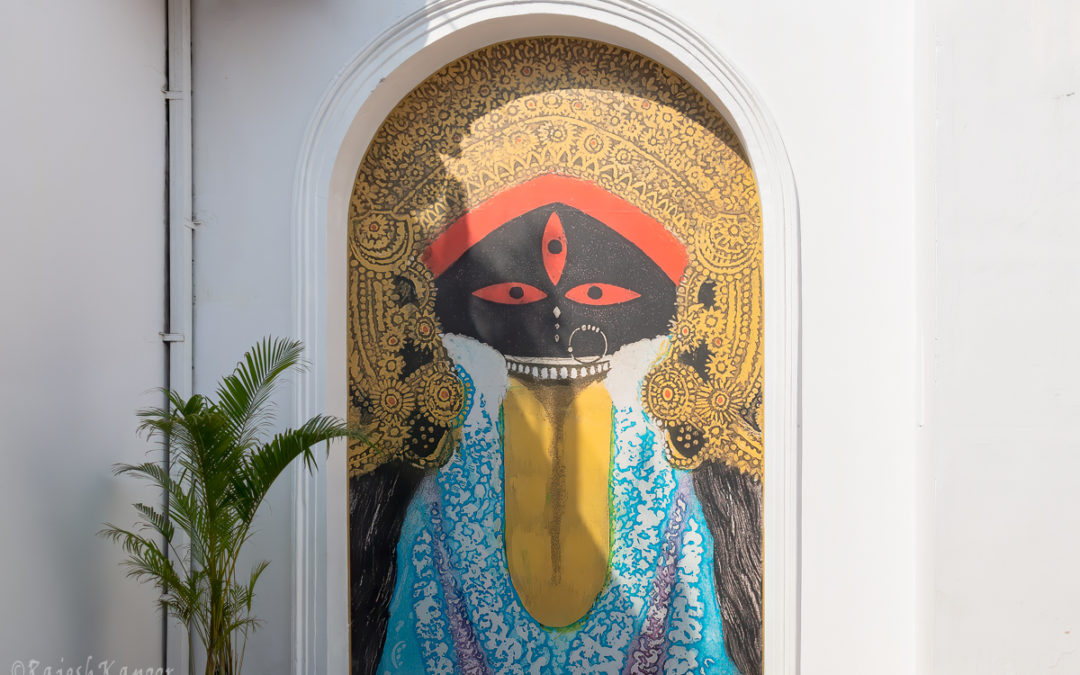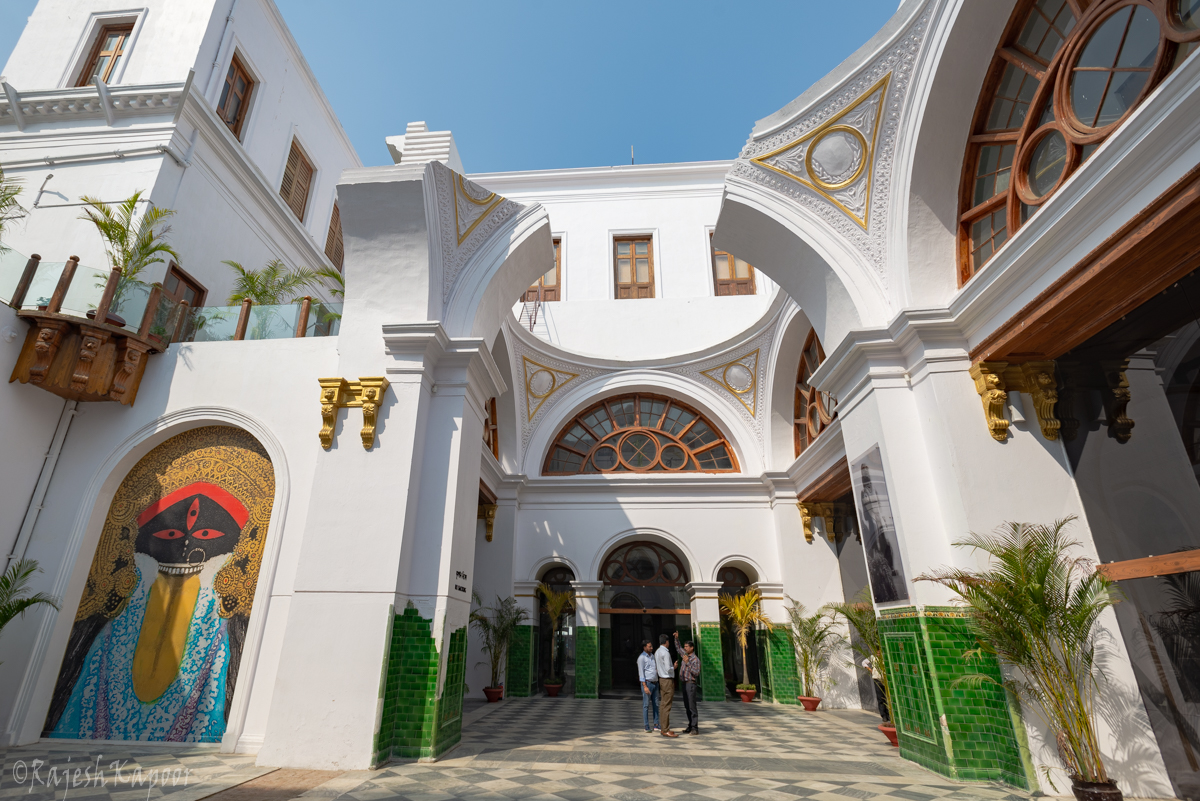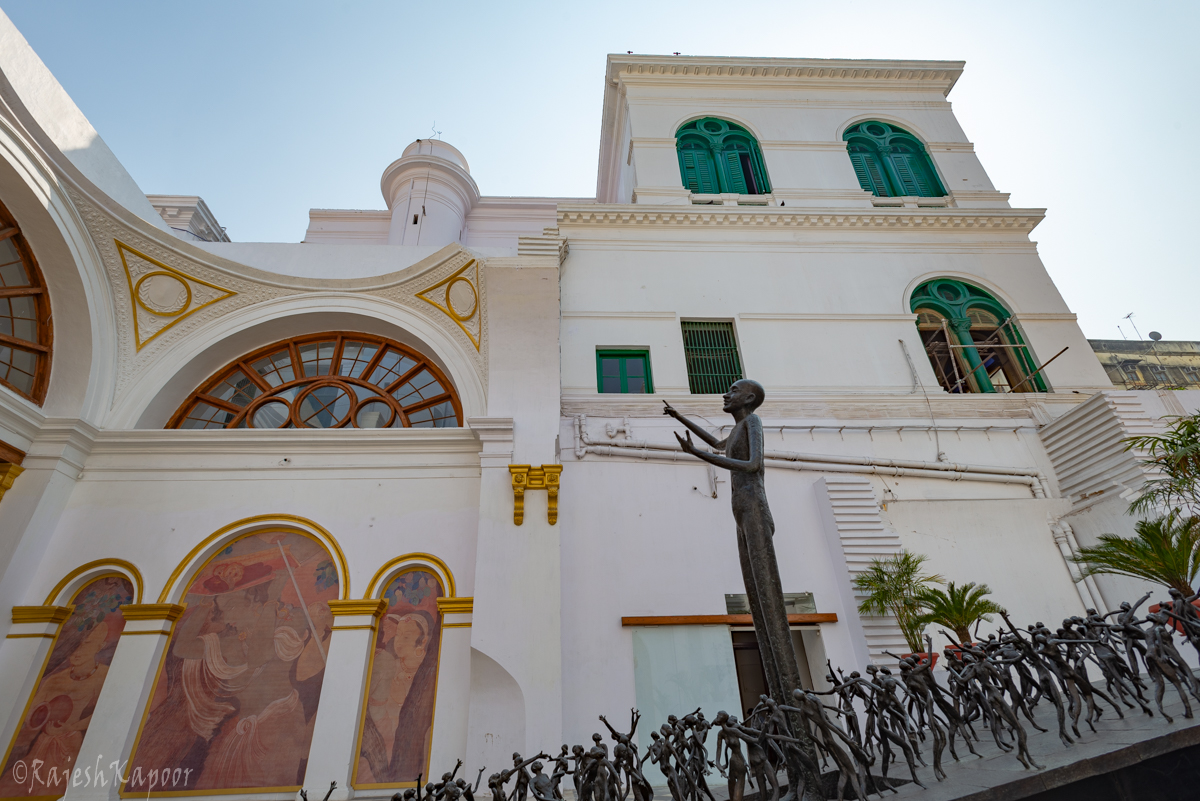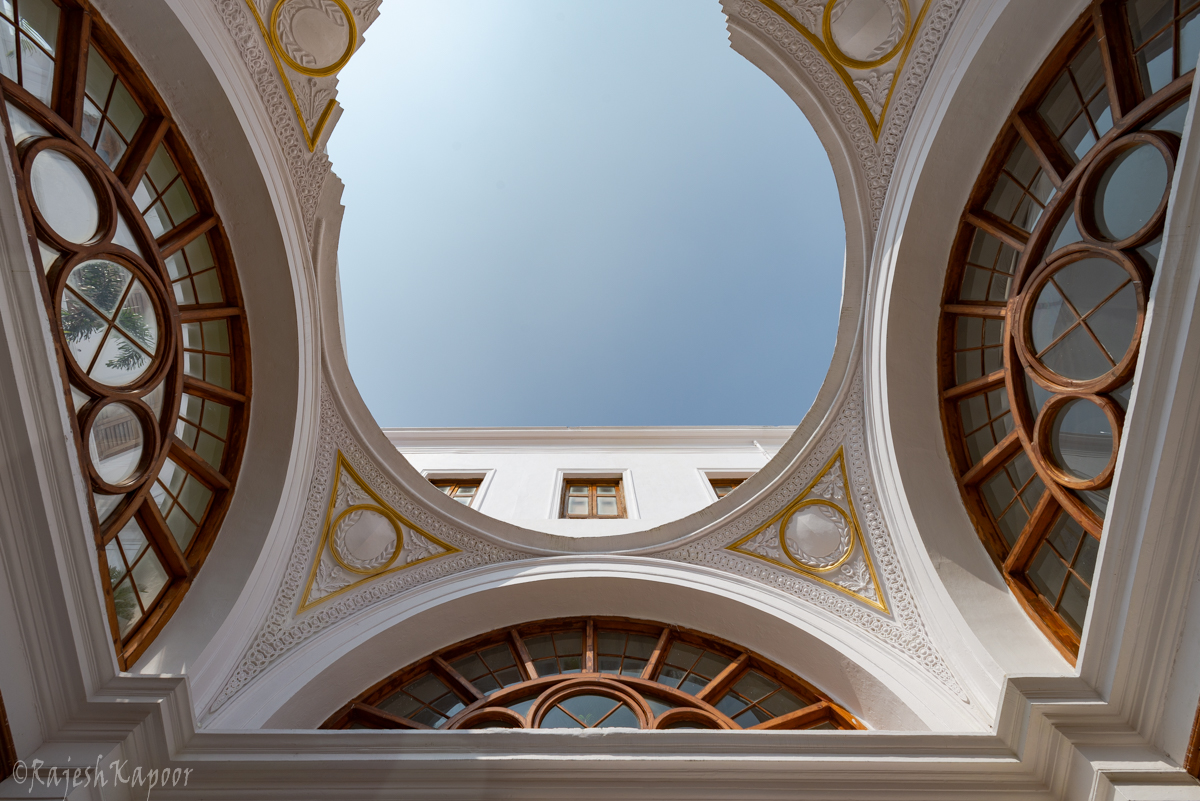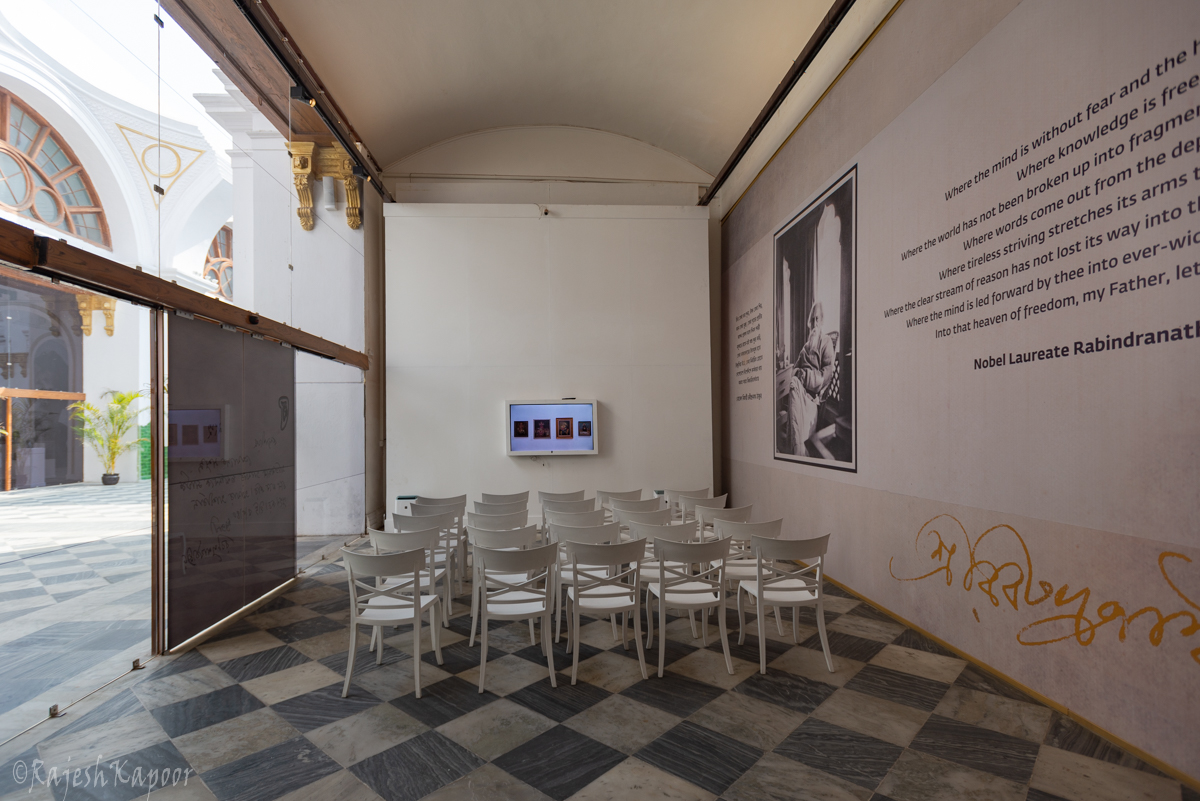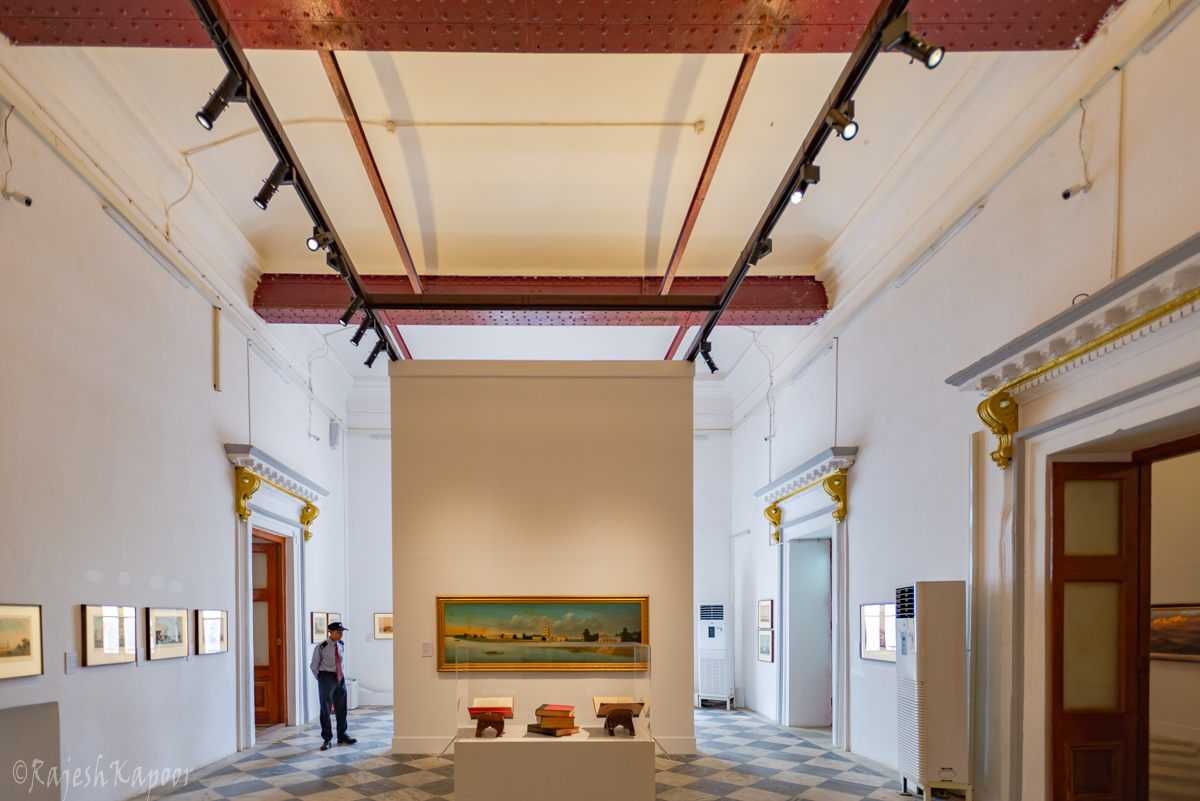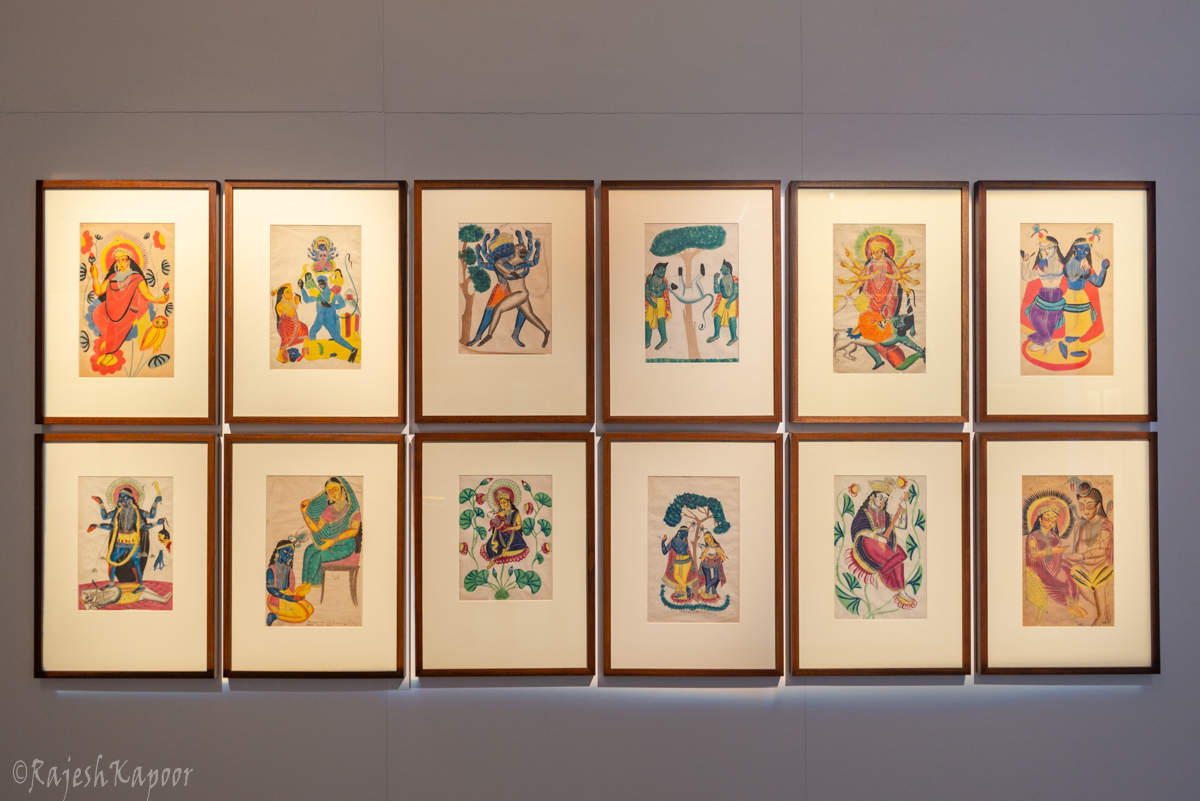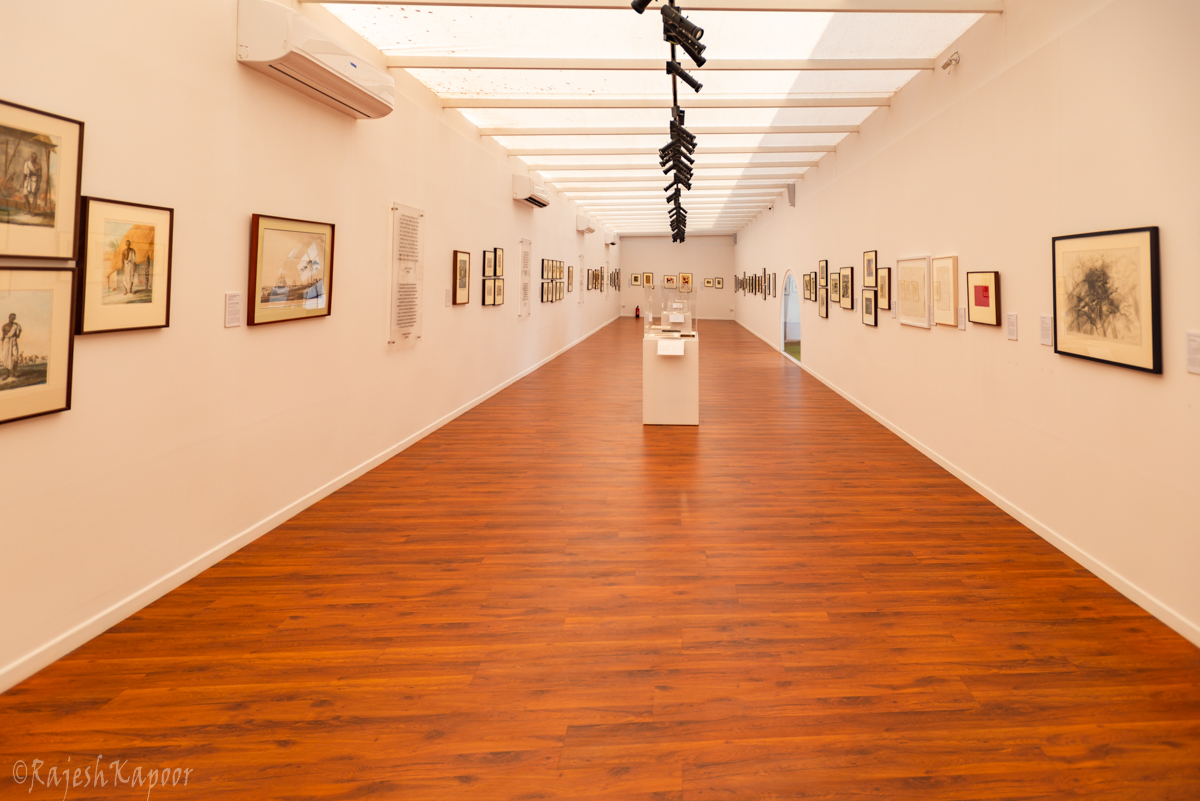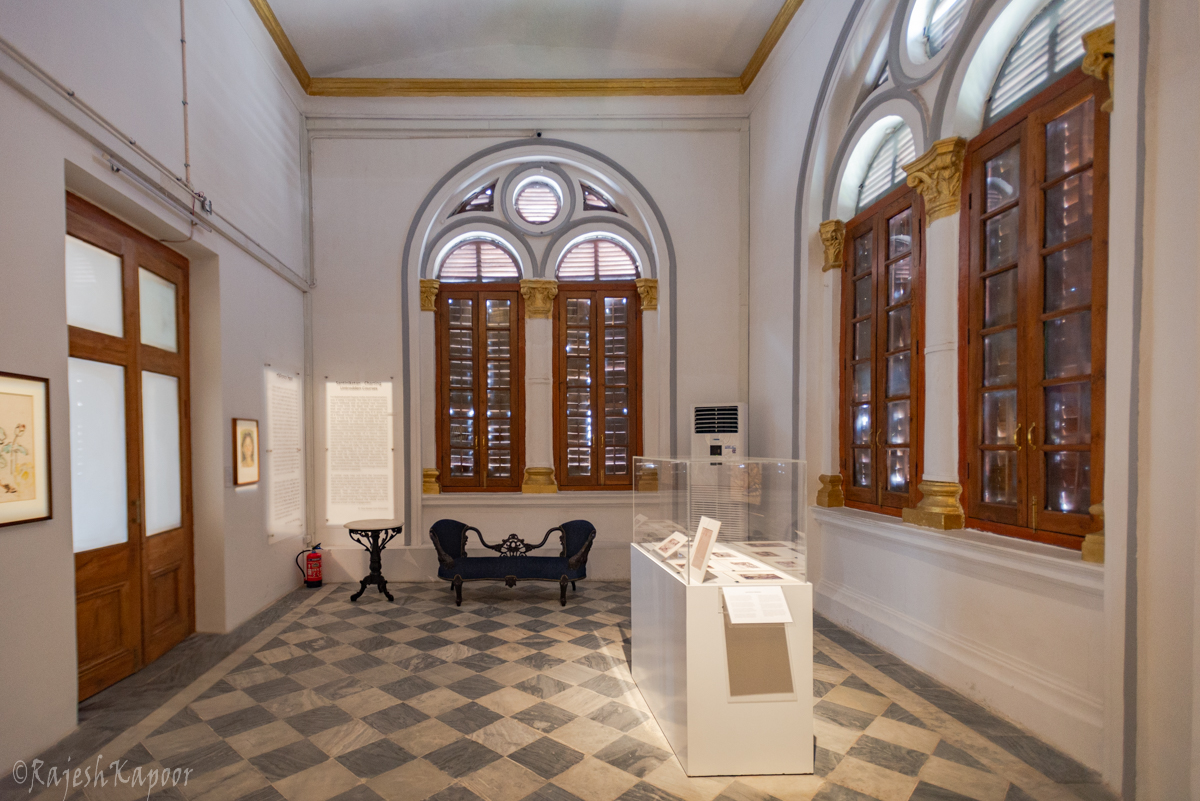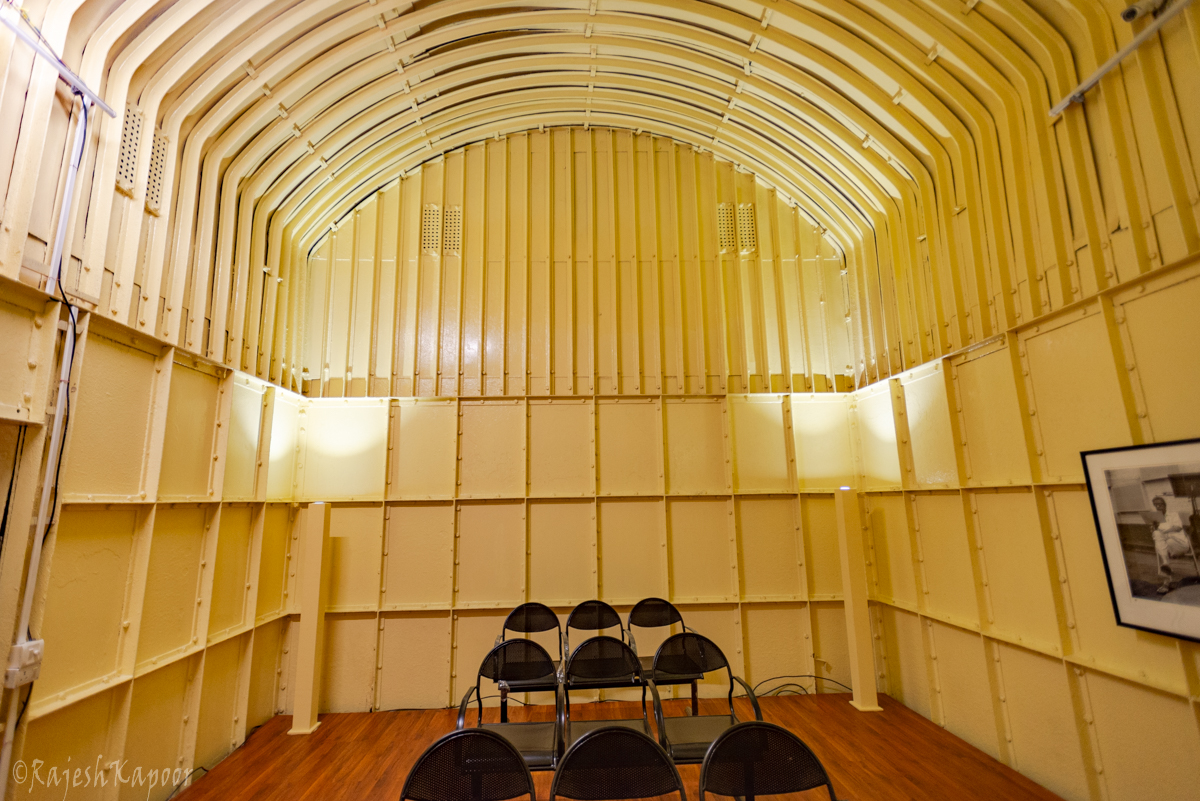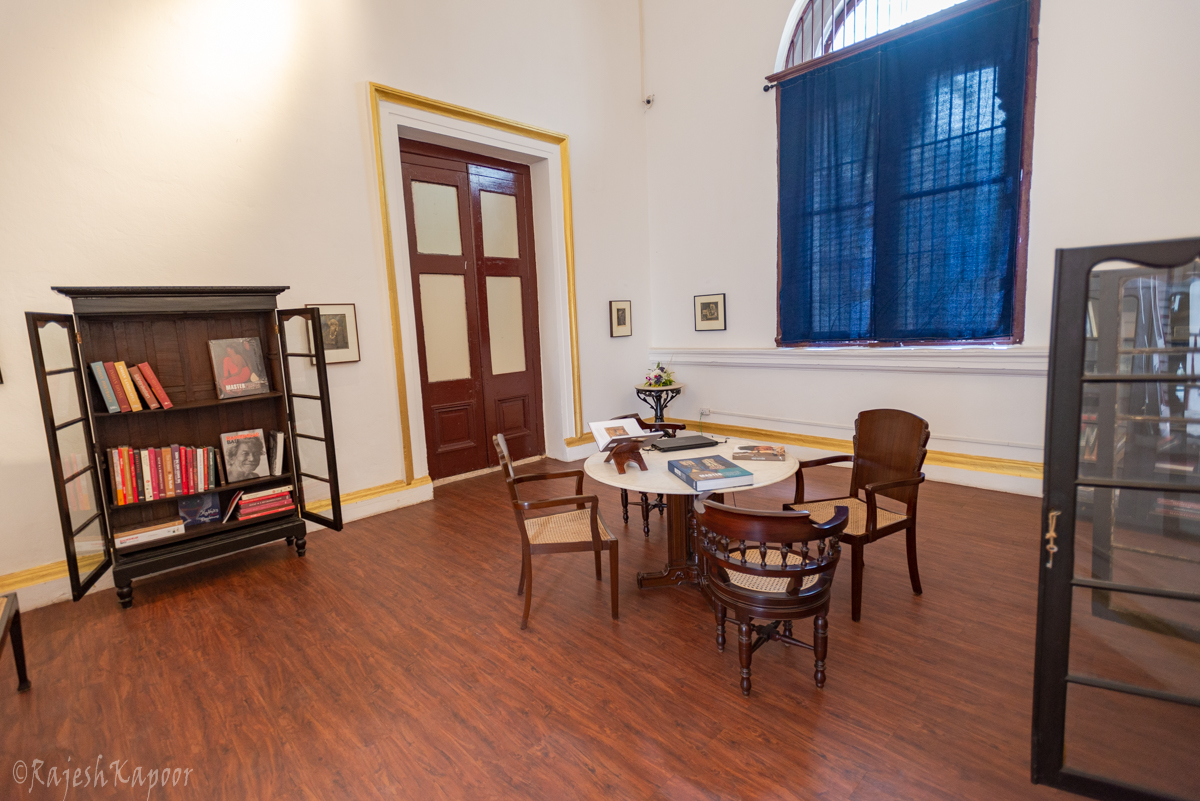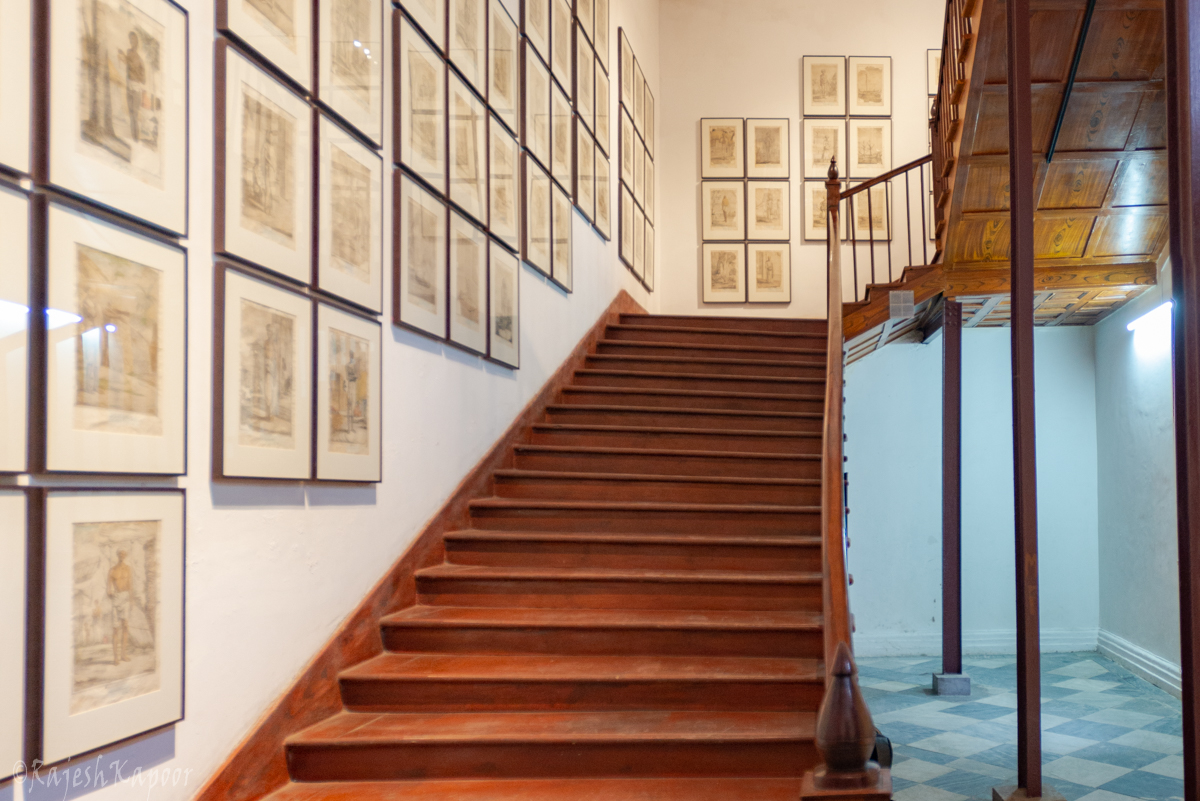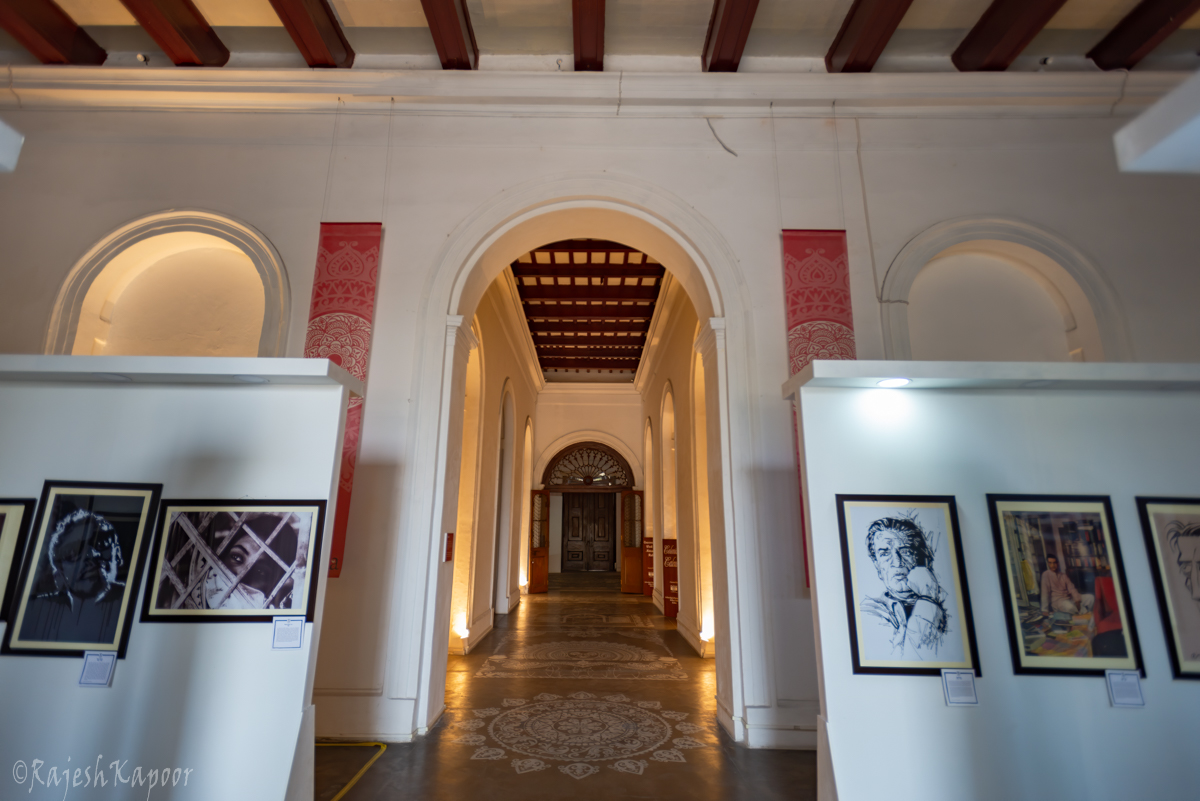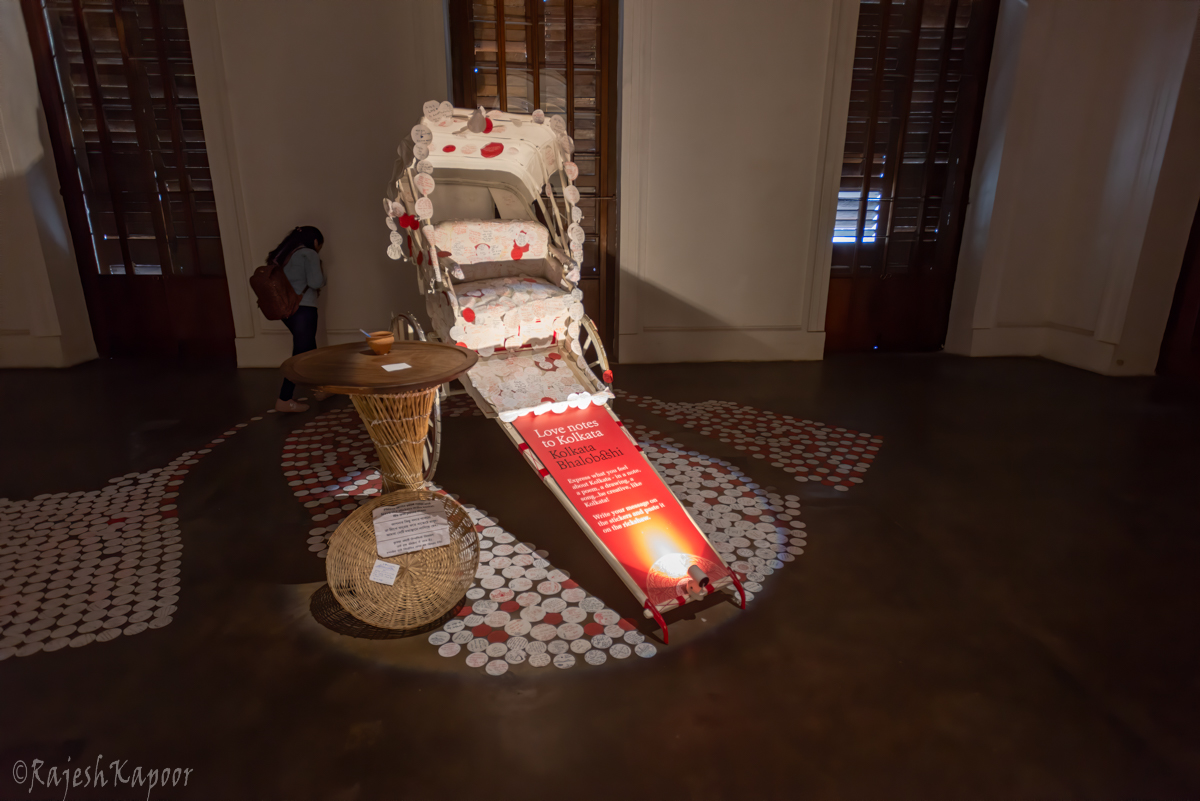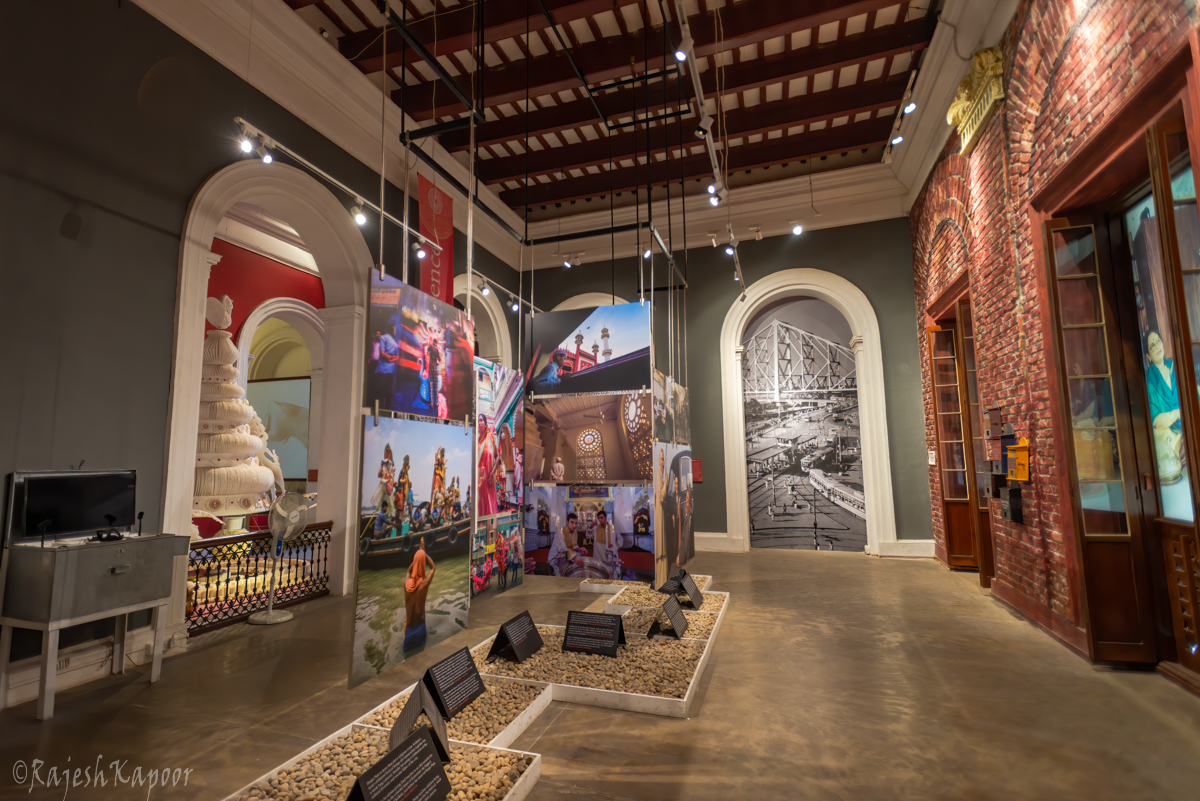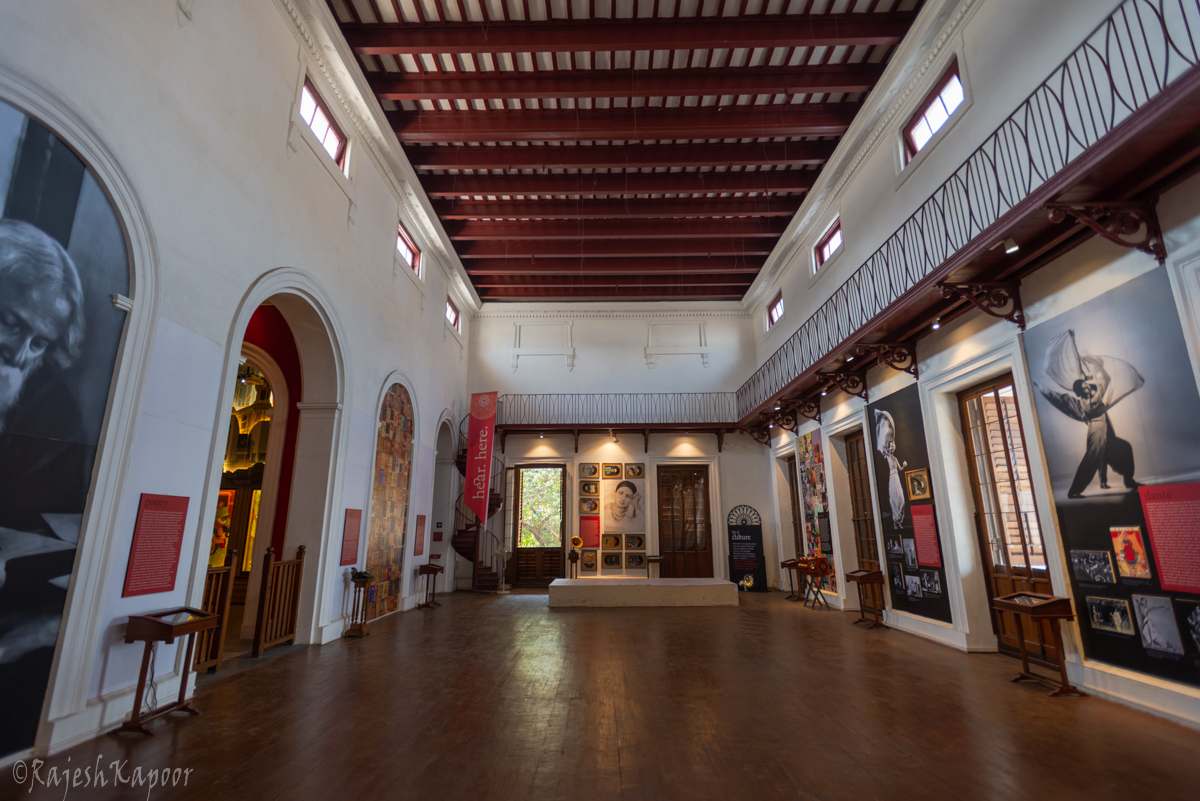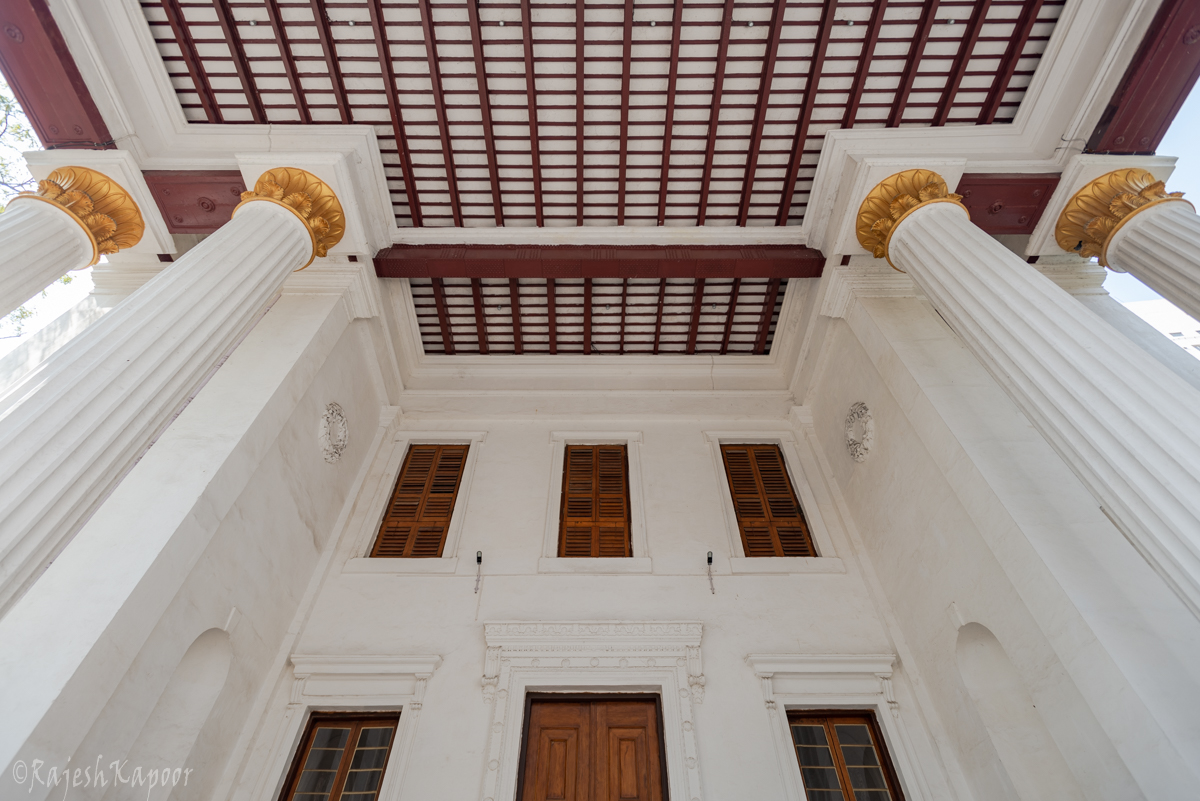Dalhousie Square in Calcutta (now Kolkata), named after Lord Dalhousie, Governor General of India, was established as the commercial and political capital of the British India. All major British buildings, those built by the government and those built by private businesses, are located in this area. Some of these have passed into the hands of Archaeological Survey of India over time and are managed by them.
Currency Building Metcalfe Hall, Kolkata
Of the ASI managed monuments, three viz. Metcalfe Hall, Currency Building and Old Asiatic Society Building were of special interest to me. I expected them to be decrepit old colonial buildings and the present condition of the Old Asiatic Society Building (built in 1808) perfectly fitted the bill. The other two, built in 1844 and 1833 respectively, should have been in a similar state. However, a pleasant surprise awaited me. After all, it is not common to come across an Archaeological Survey of India’s British era building converted into a beautiful museum-exhibition with modern design touches.
Old Currency Building
It was founded in 1833 and designed in European style. Initially it housed Agra Bank but in 1868 the Government took over a large portion of the building for its Currency operations and the building was named as the Currency Building. The Central Hall had large domes. The currency office also housed a vault.

The building later came into the possession of the Central Public Works Dept. (CPWD) and was in use till 1994. In 1996 CPWD started demolishing the building to construct a modern skyscraper. However, after protests were made against the destruction of the heritage building, demolition was stopped. Much destruction had already taken place by then. More particularly, the beautiful domes had been demolished. The building was handed over to ASI in 2005 and was declared a protected monument. It was in such a mess that it took ASI two years just to remove the debris at the site. Last year ASI completed the restoration and conservation project of the Currency Building and now it houses a very modern permanent museum-gallery with a number of audio-visual installations. The building also houses an auditorium, a private lounge, a reading room and a library.
The museum-exhibition has been christened as ‘Ghare Baire’ (The Home & the World) and houses a curated collection of 18th-20th century art in Bengal – ‘the first comprehensive showcasing of the art and artists of Bengal’. It is curated by DAG (probably known earlier as Delhi Art Gallery) in collaboration with National Gallery of Modern Art.
Ghare Baire’ – ‘the first comprehensive showcasing of the art and artists of Bengal’
The beautiful restoration work of the Currency Building, combined with the use it has been put to, has infused a new life into this heritage structure.
Metcalfe Hall
Located on Strand Road, facing the river Hoogly, the Metcalfe Hall was erected to perpetuate the memory of Lord Metcalfe, who officiated as Governor General of India from March 1835 to March 1836. He is celebrated for his reforms, the chief one relating to the freedom of the press. Metcalfe repealed all restrictions on both vernacular and English language press in 1835.

Started in 1840, the building construction was completed in 1844. It was originally conceptualised as a Public Library and later housed the Imperial Library. It housed a part of the collection of the Asiatic Society, as well as that of ASI, until recently.
The external façade of the building was designed after the ‘Temple of the Winds’ at Athens in Greece. 30 Corinthian columns, each 36 feet in height, rise from the 10 feet high platform of the building. It gives it the appearance of a lofty single storeyed Greek temple. The building, though, is a double storeyed one. It was declared a protected monument in 1992. The building was in a bad state and the eastern portico was extensively damaged. Even the roof was in a bad condition. The building was restored and renovated last year by ASI.
‘Ami Kolkata’ – an experience of Kolkata
The Metcalfe Hall has now been converted into a beautifully curated museum-exhibition called ‘Ami Kolkata’ (I am Kolkata). The curator/designer of the exhibition describes the exhibition as ‘an experience of Kolkata…. designed in conversation with the architecture of the space it is housed in, and the character of the city itself. It explores the tangible and intangible cultures that make Kolkata what it is’. The exhibition showcases Kolkata through numerous audio-visual installations as well as photographs, posters and paintings.
In conclusion
Archaeological Survey of India should be commended for conserving and restoring these buildings and putting them to a novel use by installing modern-in-design curated museum-exhibitions in them. This repurposing will ensure that they continue to be maintained in reasonably good condition. Just housing government offices in them would have led to their dilapidation again.
On the other hand, ASI and the Tourism Departments should publicise these visual delights extensively to make them popular amongst locals and tourists alike. Very few people knew about their existence. In fact, I had a tough time locating the Currency Building and no locals could guide me to it. Surprisingly, the ASI websites are not even showcasing these projects as of now.
I would recommend that you keep these two buildings on your must-visit list, next-time you are in Kolkata.

